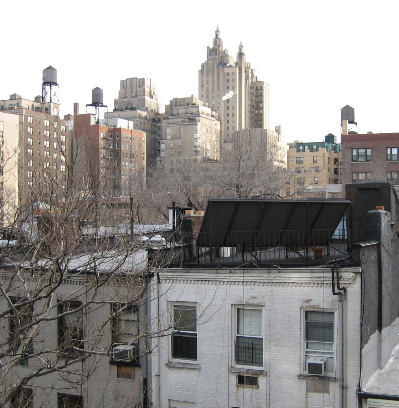Rise in the New Jersey solar market
The Garden State is living up to its name by having one of the nation’s top solar energy power programs. Since the program’s conception, solar installations have dramatically risen by over 300 percent.
Originating in 2001, through the New Jersey Board of Public Utilities (BPU), New Jersey’s Clean Energy Program (NJCEP) designed a model of green-energy plans and incentives that make environmentally-friendly energy consumption reachable and affordable for average consumers.
Especially attractive are the incentives for installing solar panels (also know as photovoltaics), which over a number of years can actually bring individual energy costs down to zero. These incentives include high rebates for cost and installation as well as special loans for businesses and schools.
New Jersey is now the fastest growing solar energy market in the U.S. When the program began in 2001, there were only six solar panels running. By 2006 the number of solar panel installations doubled and, according to the BPU, there are now over two thousand statewide. This number is second only to California — which, the BPU points out, has four times the population and energy needs of New Jersey.
New Jersey’s solar power programs are even attracting wealthy investors such as Ted Turner. Last year he partnered with Dome-Tech Solar to create DT Solar, a renewable energy company. Turner’s company just finished installing the nation’s largest corporate solar system for Hall’s Warehouse Corp. in South Plainfield.
Success through the Solar Financing Model
Leading the way for affordable solar power is New Jersey’s Solar Financing Model. Through state rebates, government tax credits, net-metering, and renewable energy certificates, the cost-effectiveness of buying and installing solar panels is reduced to 10 years or less. Cost-effectiveness previously had been measured at 25 years.
This model has set a high standard that other states are using to create their own solar power programs. New Jersey currently matches cost and installation of solar panels up to 60 percent. Net-metering allows excess electricity generated to be sold back to utility companies. Renewable energy certificates compensate owners for every 1,000 kilowatt hours (1 MWh) generated by their solar energy installation.
Another incentive for solar panel buyers is a federal tax credit of up to $2,000 provided through the Energy Policy Act of 2005 (EPACT). This is the same act signed by President Bush that also gives rebates for hybrid vehicles and energy-efficient appliances, among other things.
However, the state’s program will soon be transitioning from rebate-based to market-based, says BPU Public Information Officer Doyal Siddell. This market-based program still under review would phase out the rebates and in turn could refocus buyers’ costs primarily on renewable energy certificates.
New Jersey as an environmental leader
According to the Energy Information Administration (EIA), the net electricity generation for New Jersey was 4,709,000 megawatt hours (MWh) measured in November 2006. Nuclear, natural gas, and coal make up the largest energy sources comprising 4,588,000 MWh. Only 36 MWh are currently generated from solar.
New Jersey also houses the highest-capacity and oldest running nuclear power plants in the nation at Salem Creek and Oyster Creek respectively.
It is also one of the top five particulate air (soot) polluters in the United States.
New Jersey Governor John Corzine recently signed an executive order adopting strict rules and goals to actively reduce greenhouse gas emissions. The order mandates limits on greenhouse gas emissions, and electric companies will be fined if found going over. "I’m proud that New Jersey is helping to blaze that trail," Governor Corzine said in a press release.
The state’s goal is to have 20 percent renewable energy output by 2020, with 1,500 MWhs by solar power alone.
Growing market for solar power
The solar energy market currently makes up less than 0.1 percent of all energy produced across the country. The growing need for alternative sources of energy production could bring solar energy to a more prominent position. And in New Jersey, businesses and homeowners now have the cost-effectiveness and governmental support to utilize the power of the sun.
keeping the earth ever green
- Follow us on Twitter: @inthefray
- Comment on stories or like us on Facebook
- Subscribe to our free email newsletter
- Send us your writing, photography, or artwork
- Republish our Creative Commons-licensed content


